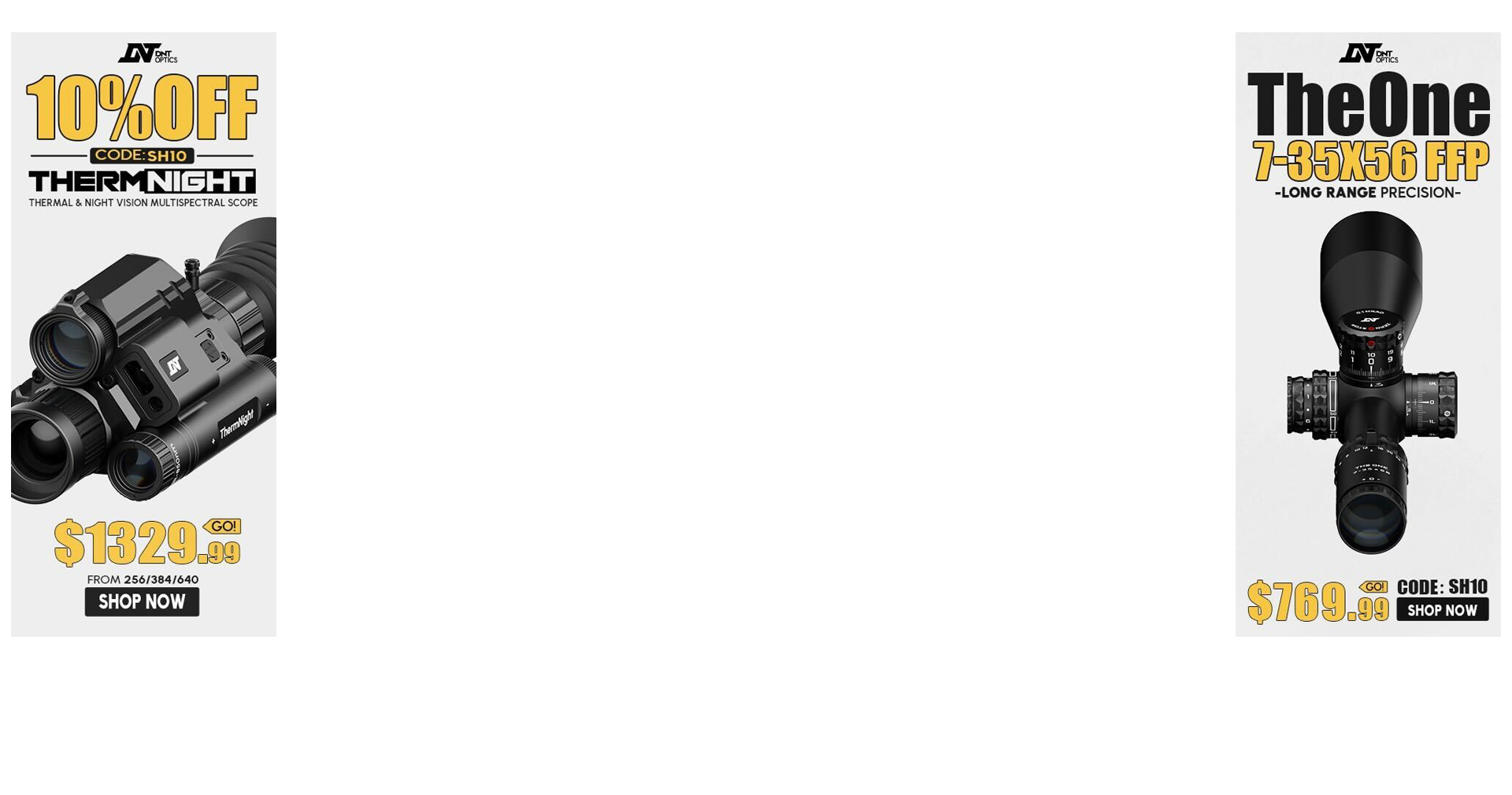Re: any way to indicate a bore without a rod?
<div class="ubbcode-block"><div class="ubbcode-header">Originally Posted By: DebosDave</div><div class="ubbcode-body">Hey all,
Was just in the process of doing my first barrel job, and I just realized I don't have the right grizzly rod, so now I am wondering if there is another way to indicate the bore without a range rod or a grizzly rod?
Appreciate any help.
Dave </div></div>
Dave.
Short answer: YES!! There is.
Long answer:
Before getting into the details lets talk about barrels. It's a rare event that a barrel is straight. The drills wander, the reamers wander, the stress relieving process. . .it all begs for a banana with a hole down the middle when its all done.
The great part is who cares? So long as the hole is the same diameter its really of no consequence to anything.
BUT it does make for some challenges during the threading/chambering process if one wants to get down the "knats rectum" in this game.
When threading/chambering what are we really doing? It's nothing more than making the OD of the tennon as concentric to the center of the barrel's bore center as we can hope for right? When chambering we shoot for the same thing only this time were going from the other direction. The ID of the hole needs to run nice and true.
A fair statement?
One thing to consider is that we have some choices in where (hint) and how we attempt to achieve these two machined features.
My choice is to align the bore concentric to where the BULLET is initially going to bite the barrel. I made a tool. Actually a tool with several different adapter "spuds" for each caliber. This tool is nothing more than a gimbled stick with a removable "spud" on the end of it that gets crammed up the bore. Before doing so I mark with a sharpie where I estimate the bullet to engage the throat of the bore. I then stick the contraption into the barrel and put a very sensitive indicator onto the "stick" portion of it. In this case a Brown and Sharp Best Test with a resolution of .00005". However by moving it closer to the fulcrum point the sesitivity actually increases. Which is good because you do lose a bit from shoving the long "stick" up the barrel. No worries on that really either though since we are only indicating to center and not trying to actually measure anything.
No parts of this actually rotate. It's fixed and all it can do is move up and down as the bore runs out. Picture yourself running inside a giant lopsided piece of sewer pipe as it spins. . . Your not spinning with it but you are moving up and down as it runs out. I then indicate the barrel in just as anyone would do until the needle of my indicator either stops moving or moves very, very little. In this case the value is .00005" or less. (50 millionths of an inch)
Some may scoff at that but my lathe is quite robust. It's a 60,000 dollar Doosan Mecatec S 280 IIslant bed CNC turning center modified for threading/chambering. I promise I'm not bullchitting with quoting figures like that. I've checked my work six ways from Sunday and had others ( an M.E. with 30+ years experience in Aerospace in this case)
Point is you get it as best as you can and your patience allows.
Now what you've done is locate the point where the bullet enters the barrel. To me that only makes perfect sense.
By turning the OD of the tennon based on this location you only help this.
If you single point the bore before cramming the reamer in there your going to make it very easy for that reamer to chew nice and even all the way to final depth.
Properly done it is very possible to achieve TIR (total indicated runouts) of less than 2 tenths at BOTH the shoulder/case body junction AND the case web back by the breech. You'll also soon discover that reamer pilot sizes suddenly don't mean much since the tool naturally wants to follow a concentric hole anyway. (Which sucks sometimes when I remind myself that I've bought every reamer pilot PTG makes from 17 to 40 caliber. -over 1k investment!
I've been doing it this way since 2003 and it's worked every time. No funky case bulges or lop sided chambers.
Shoving a tapered pin down the barrel just seems wrong to me. I know folks do it and cut beautiful chambers but it's never been an option that I gravitated to.
Good luck.
Chad
PS. The string is attached to a brass plumb bob that just ensures the whole thing stays put in the bottom of the bore.
If you try it, CLEAN your barrel first! any funk will throw things off and give you fits!


